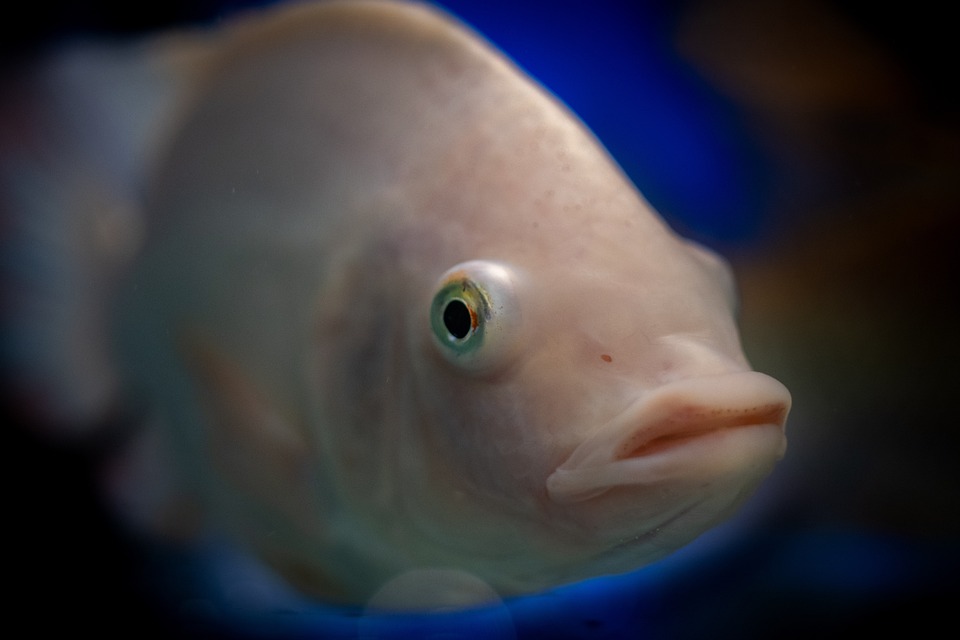In recent years, the concept of tank enrichment has gained significant attention as a means to improve fish welfare and enhance their behavior in captive environments. This comprehensive study aims to explore the effects of tank enrichment on fish behavior and shed light on its importance for maintaining healthy and thriving fish populations.
Understanding fish behavior is crucial in order to effectively implement tank enrichment strategies. The significance of fish behavior lies in its role as an indicator of overall health and well-being. By observing and understanding fish behavior, we can assess their stress levels, feeding patterns, social interactions, and overall cognitive abilities. Factors influencing fish behavior include environmental conditions, social dynamics, and the availability of resources.
Natural behavior differs significantly from captive behavior, primarily due to the constraints imposed by the artificial environment of a tank. Fish in captivity often exhibit reduced activity levels, altered feeding behaviors, and limited social interactions. Tank enrichment aims to address this disparity by providing a stimulating environment that mimics elements of their natural habitat.
Tank enrichment involves the provision of stimuli within an aquarium or fish tank to promote natural behaviors and enhance fish welfare. This can include the addition of plants, rocks, caves, and other structures that mimic natural habitats. Providing opportunities for exploration, hiding places, and proper lighting are also beneficial. Aesthetics play a crucial role in impacting fish behavior, as a visually appealing environment promotes increased activity levels and overall well-being.
The effects of tank enrichment on fish behavior are numerous and significant. Enriched tanks have been shown to increase exploration and activity levels among fish, allowing them to exhibit more natural behaviors. Tank enrichment also promotes natural feeding behaviors, encouraging fish to forage and hunt for their food. The presence of stimuli in the tank stimulates social interactions among fish, promoting the formation of hierarchies and territories. Additionally, tank enrichment enhances cognitive abilities by providing opportunities for problem-solving and learning. It has also been observed that enriched tanks encourage breeding behaviors, such as courtship, nest building, and successful spawning.
To conduct a comprehensive study on tank enrichment and fish behavior, experimental design and methodology are crucial. Behavioral changes can be analyzed through observation and recording of fish activities. A comparison of enriched tanks versus non-enriched tanks allows for a direct assessment of the effects of tank enrichment. Long-term effects can also be examined to understand the sustained impact of tank enrichment on fish behavior.
Tank enrichment is generally beneficial for fish welfare, but it is important to strike a balance. Overly complex structures may hinder fish movement or lead to territorial conflicts. It is crucial to monitor fish behavior and make adjustments accordingly. Tank enrichment can also help reduce aggressive behavior among fish by providing them with ample hiding places and territories, minimizing stress-inducing situations.
In conclusion, tank enrichment plays a vital role in enhancing fish behavior and welfare in captive environments. By creating a more stimulating and engaging habitat, fish are more likely to exhibit natural behaviors, experience reduced stress levels, and maintain overall better health. Understanding the impact of tank enrichment on fish behavior allows us to optimize captive environments, promoting happier and thriving fish populations.









